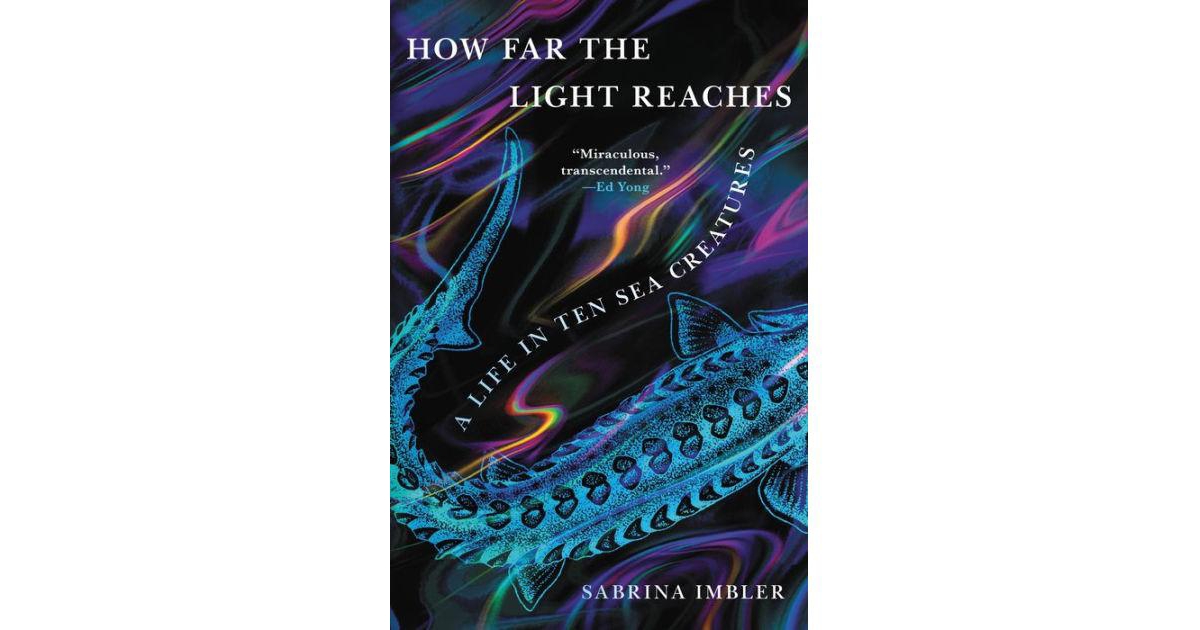A fascinating tour of creatures from the surface to the deepest ocean floor, inviting us to envision wilder, grander, and more abundant possibilities for the way we live. A miraculous, transcendental book. (Ed Yong, author of An Immense World) A Time Must-Read Book of the Year. A People Best New Book. A Barnes & Noble Best Book of 2022 An Indie Next Pick One of Winter's Most Eagerly Anticipated Books- Vanity Fair, Vulture A queer, mixed race writer working in a largely white, male field, science and conservation journalist Sabrina Imbler has always been drawn to the mystery of life in the sea, and particularly to creatures living in hostile or remote environments. Each essay in their debut collection profiles one such creature, including- the mother octopus who starves herself while watching over her eggs, the Chinese sturgeon whose migration route has been decimated by pollution and dams, the bizarre, predatory Bobbitt worm (named after Lorena), the common goldfish that flourishes in the wild, and more. Imbler discovers that some of the most radical models of family, community, and care can be found in the sea, from gelatinous chains that are both individual organisms and colonies of clones to deep-sea crabs that have no need for the sun, nourished.









